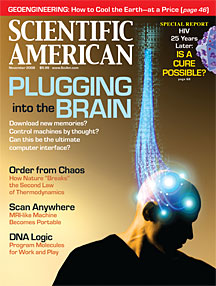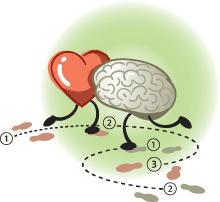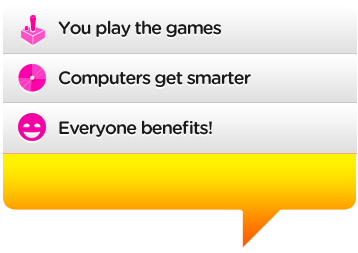The All Powerful Need to Change the World
Friday, November 14th, 2008Designing for how minds really work is about discovering unarticulated cognitive needs in the workplace or the market and creating an artifact (product, business model, management approach, etc.) to meet them.
When it comes to motivating employees, especially high performance knowledge workers, it is now broadly recognized that meaningfulness in the workplace is key. Creating meaning is the chief cognitive need of employees in knowledge intensive organizations.
But how do we do that, or how do you design for that? 
[Source: The McKinsey Quarterly, a journal of McKinsey & Company.]
Tim Brown, the CEO of the design/innovation machine known as IDEO gave a recent interview in the McKinsey Quarterly on Lessons from Innovation’s Front Lines (free registration required) that provides some insights:
“I think organizations have a hugely unfair advantage when it comes to innovation and incentives: people want to put things out in the world to leave their mark; they want to be creative. I think it’s a basic trait of human nature—if you give people the chance to do things that have an impact in the world, that is inherently motivating to them. Time and time again, I hear people say that putting something out in the world that didn’t exist before was a life-changing experience. ”
We have a fundamental and pressing cognitive need to put something new in the world and thereby change it and transform ourselves.






